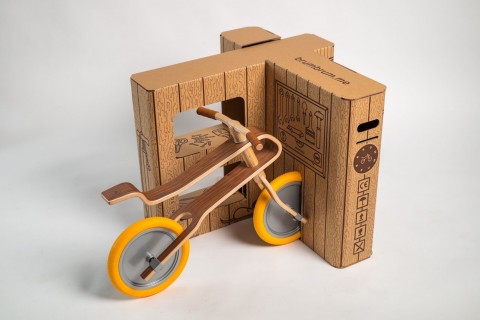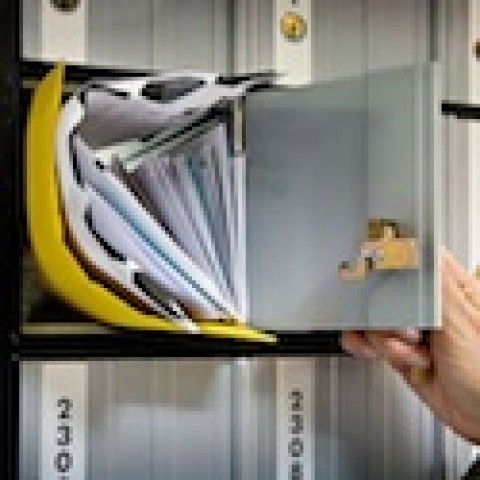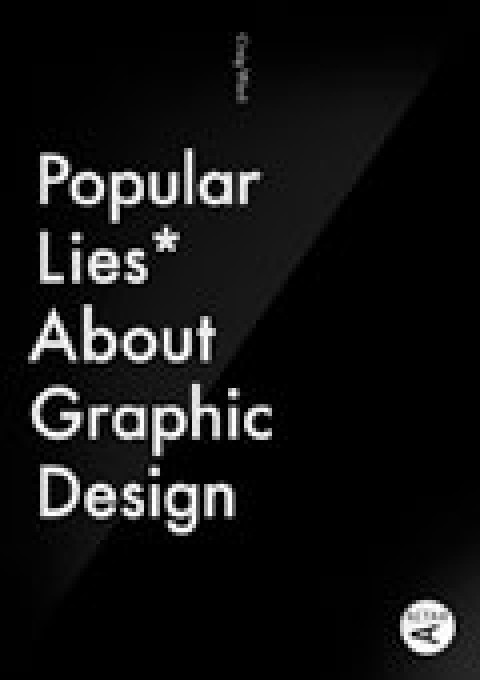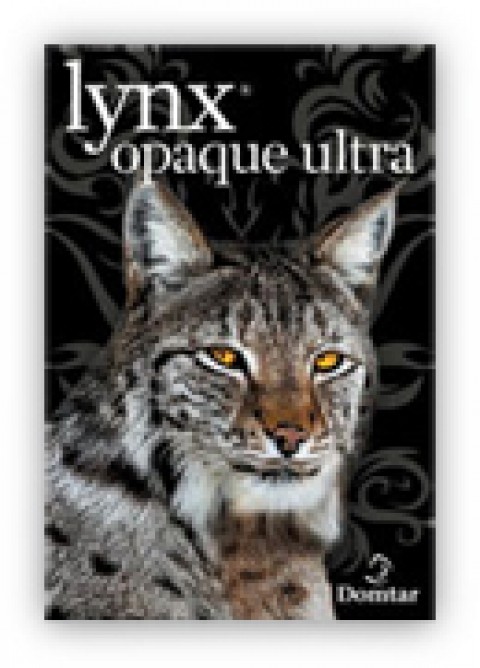
The leader of HP’s General Commercial Print and Direct Mail segments for the Indigo Division also graciously agreed to answer your questions. Here, for the first time anywhere, are her answers. (Click here to see her remarkable presentation again.)
1. How durable is the thermal transfer process? Will that wear off the shoe easily?
Customers have satisfactorily used a similar process to print on fabrics for posters and even T-shirts (for example, see this case study) from DPI in Atlanta. However, being the first time we have seen this on leather shoes, unfortunately we don’t have the data on actual “wear” results. We have contacted the PSP and hopefully we will be able to provide more details soon.
2. How many folding carton installations do you have in the U.S. for what kind of applications?
We have several customers doing folding cartons in NA. Some are primarily printers whose primary application is folding cartons, others are primarily commercial printers or narrow-web converters that have branched out to folding cartons to either find new revenue streams, or to provide a broader service to their customers.
The target applications and end-markets are in line with natural digital printing “sweet spots,” which can be split into four main categories:
- Value-added SKU diverse markets such as pharmaceuticals, nutraceuticals, boutique personal care, etc.
- Private label and SME brands
- Seasonal, event-driven or localized products
- Promotional / campaign driven packaging.
Generally, our customers sit on the spectrum from mass customized all the way to personalized products.
What’s more, we are launching a new B2/29” press focused primarily on the Folding Cartons market in early 2014. More info about the HP Indigo 30000 Digital Press can be found here.
3. What is the longest run length and what is the average run length?
It’s difficult to determine an “average” run length for such a wide variety of applications and customers across different geographies, and of course, each one using different Indigo presses. For instance, for one publishing customer a long run might be one of thousands of pages, but for another, over 100,000 pages (true story for a customer in the technical/educational book publishing market).
4. What is the synthetic stock?
HP Indigo presses (and in particular the HP Indigo 5600) support a variety of synthetic stocks, including PET, PVC, Teslin, etc. from a variety of vendors.
I believe that the question is particularly about the “aquarium” photo book? We have contacted the PSP and are awaiting his response. I will update as soon as I hear back from them!
5. Did they custom create leather sheets that could run through the Indigo?
The PSP, Kubilay Offset in Turkey, used a heat-transfer process to print on a Heat Transfer material (there are different types available, including one from Neenah), and only then transfer the Indigo prints to the leather with which they crafted the shoes.
HP Indigo presses currently support over 3,000 substrates including specialty, synthetic, coated, uncoated, and those with environmental credentials, but unfortunately leather isn’t one of them.
6. What is the maximum thickness of material that can go through the press?
The HP Indigo 5600, 7600 and 10000 digital sheetfed presses support between 3 and 18 points (75-450 microns). The Indigo 30000 Digital Press, which will target folding cartons, will support up to 24 points/600 microns.
7. For the fashion invitation, can you share any information on results? Response rate? How many recipients actually attended?
There were 50 thousand invitations to the runway shows alone (filled to capacity)! A video (in Portuguese, with English subtitles) of part of the campaign can be found here.
8. How many cookbooks were sold/produced?
I don’t have the latest data but don’t believe such a niche market reaches tens of thousands. The interesting part about the way this cookbook is printed is that every single copy is profitable for the publisher and there’s no risk involved – he can print on-demand with no need for warehousing or keeping large inventories, just produce as little as one copy for a customer who orders it and still make the business worthwhile.
9. Does variable data slow down the printing process at all? Especially if there are different photos to use?
No it doesn’t! The use of VDP, even in very data-rich environments like transpromo or photo books does not affect printing speed at all. The processing power of the digital front end, together with the processing power of the press, ensure that the print operations continue to run as usual.
10. A question on the photo book that was dropped in the mini-aquarium; what substrate was used and how was it bound to cope with water immersion?
I think this is similar to question #4 on synthetic substrates. We have contacted the PSP and will update you as soon as we hear back from them.
11. Are there different types of digital inks? Any way to achieve more offset look with digital print (not so glossy)?
There are different types of digital printing technologies – for example, inkjet, dry electrophotography (DEP) and liquid electrophotography (LEP) like HP Indigo. Each one uses their own dedicated toner/ink.
There are inherent advantages to the Indigo process – including inks that have very thin particles (close to 1 micron!), and a thermal transfer process that turns that ink into a very thin film that adheres to the crevices of the substrate, mimicking its gloss. No wonder we call it “digital offset.”
For more information on this process, see our the HP Indigo Technology White Paper.
12. Is all white type achieved by reversing out of a background color or is there actually white ink available with this process?
Yes, it’s real white ink! We call it HP Indigo ElectroInk white, and it’s available for our sheetfed and webfed presses, for general commercial and labels & packaging applications. For more information, see our digital color brochure.
13. I am curious about how the data was handled for the Keds job. How did it come in? How was it processed and how was it proofed for accurate personalization?
We have contacted the agency who created this campaign, SegMarketing, and we will get back to you with their answers.
14. Does this embossing require an extra step or [is it] on the paper right when it comes out of the press?
The process of creating textured effects and reverse textured effects (which are similar to what is known as embossing/debossing in analog processes) is done entirely on press. You can create textures directly on the substrate.
There are several steps needed to create the effect – a special digital mold media must be placed on the impression cylinder, the mold created with ink, and then discarded and replaced with “impression paper” on the drum. The entire process takes about 5 minutes, and there’s no need for additional equipment.
This is available exclusively on the HP Indigo 7600 Digital Press, or on presses of the Indigo 7000 series that have been upgraded with this capability.
15. If special colors can be mixed and used, is metallic ink available?
We have UV Red Invisible ink, white ink, transparent ink and more, but to date we don’t have metallic inks available. However, HP Indigo presses support a variety of metallic substrates and, together with partners like ColorLogic, can create amazing metallic effects.
In addition, finishing partners like GMP and others customers can add foil effects to Indigo prints – and even make them “VDP friendly” by way of a two-step process. Last year, a customer in Germany even produced their entire set of personalized holiday greeting cards with foil on each recipient’s name using this process on their Indigo press.
16. Can the indigo be used for crash printing? In other words, can you run sheets back through a second time with new data?
If I understand the question correctly, it’s whether we can overprint on the sheets? Yes, it’s possible. Still, one of the key benefits of printing on the Indigo is that it doesn’t need to be done as printing up to 7 colors, with VDP, automatic duplex – all of this can be done in a single pass. It seldom if at all makes sense to print and reinsert from a production perspective. Only a minority of our customers do it, typically for very large runs of pre-printed offset shells, or for special foil effects (another very cool effect I can expand on if you want).
17. Is hi-end low volume (20 or less) digital 4/c book printing a routine typical service or a special request like a rush job?
It is routine these days. Copies of one, copies of less than 10 – any number needed. The “rush” job depends on how the PSP prioritizes their work on a given day, but it’s definitely not a technological demand.
18. Were imprinted shoes available on a limited basis or regular retail?
From what the PSP told us, they are available on a limited basis, as ordered by their corporate customers. But I will double-check whether some of these have made it to retail outlets – would certainly be interesting.
19. What press model produced the embossing and raised printing?
The HP Indigo 7600 Digital Press and older press of the Indigo 7000 sheetfed family that have been upgraded with this new feature.
20. Can a printed image be embossed/registered on the 7600?
Yes. You can create textured effects on printed images as well.
 Have a listen!
Have a listen!
If you missed “Creative Marketing with Digital Print,” it’s not too late! Just click here to have a listen to the full webinar. We extend special thanks to Neenah Paper and Vivian Cohen Leisorek of HP Indigo, for this terrific event.

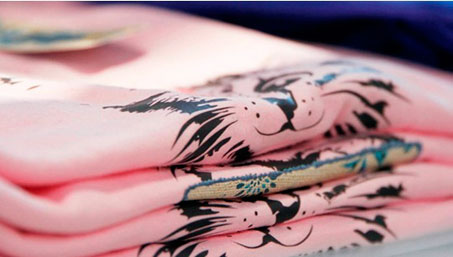
 Have a listen!
Have a listen!
